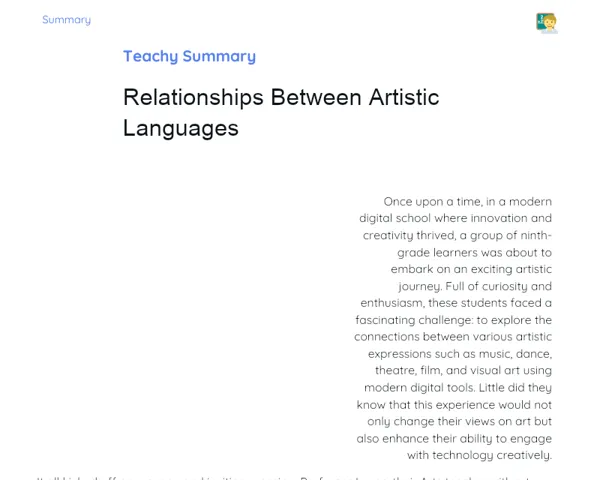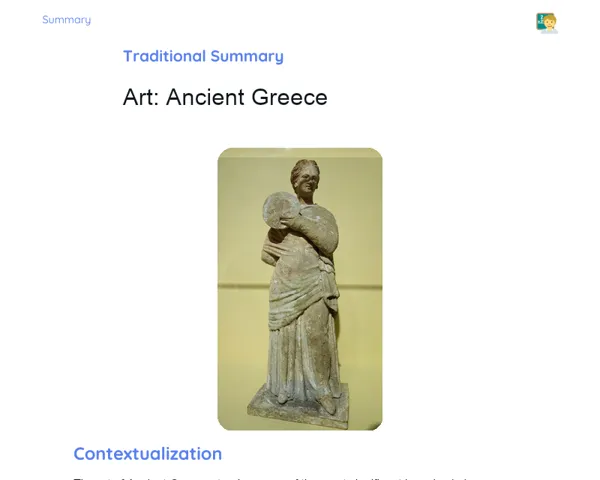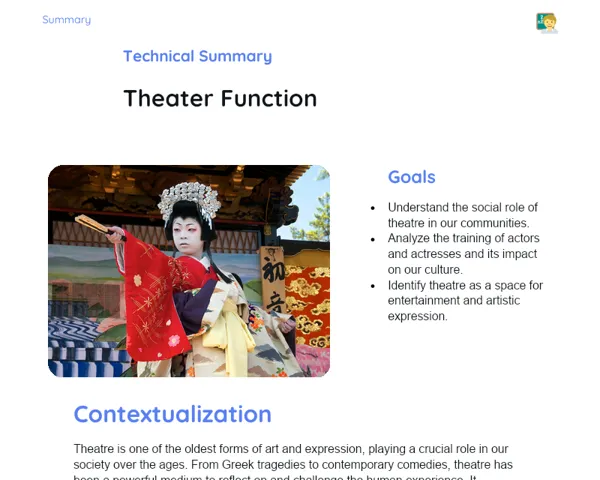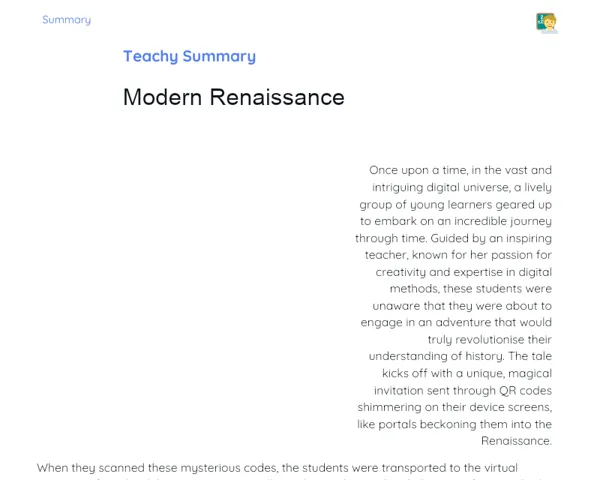Goals
1. Gain an understanding of the key traits of the 19th-century artistic movements of Romanticism and Realism.
2. Recognise the impact of these movements on contemporary art.
3. Apply the concepts of Romanticism and Realism in real-world contexts such as advertising and creative projects.
Contextualization
Romanticism and Realism, two influential 19th-century artistic movements, have greatly shaped modern art and culture. Romanticism focused on emotion and individual perspective, often showcasing themes like love, nature, and freedom. On the other hand, Realism strove for a truthful and objective portrayal of life, highlighting social issues and the daily experiences of people. Today, many contemporary artists incorporate techniques and themes from these movements to address present-day social, emotional, and political matters. For instance, a designer might leverage Romantic aesthetics to develop impactful advertising that stirs emotions, while a screenwriter could use realistic methods to craft authentic and relatable stories.
Subject Relevance
To Remember!
Romanticism
Romanticism was an artistic and literary movement that blossomed in the late 18th and early 19th centuries. It valued feeling, imagination, and individual experiences, standing in contrast to rationalism and classic ideals. Romantic artists often delved into themes like love, nature, freedom, and the exotic, aiming to communicate profound emotions and personal insights.
-
Focus on emotion and personal perspective.
-
Common themes include nature, love, freedom, and exoticism.
-
Rejection of rationalist and classical ideals.
-
Appreciation for imagination and uniqueness.
-
Ongoing influence on contemporary literature, music, and visual arts.
Realism
Realism emerged as a counter-movement to Romanticism, advocating for a faithful and objective depiction of reality. Coming to prominence in the latter half of the 19th century, it tackled social and everyday themes, portraying life authentically. Realists concentrated on political, economic, and social matters, employing straightforward and descriptive language to highlight the realities faced by ordinary individuals.
-
Focus on accurate and objective representation of reality.
-
Recurring themes include social, political, and economic issues.
-
Depiction of everyday life and the realities of ordinary people.
-
Rejection of idealist and subjective perspectives of Romanticism.
-
Significant effect on contemporary literature, theatre, and visual arts.
Influences on Contemporary Art
The legacies of Romanticism and Realism continue to resonate with modern art. Today's creators frequently draw on the techniques and themes of these movements to produce works that engage with social, emotional, and political realities. You can see Romantic aesthetics in work that evokes strong feelings and imagination, while realism is used to tackle social topics and present accurate depictions of life.
-
Ongoing employment of romantic and realistic techniques and themes.
-
Utilisation of Romantic emotional depth to stir audience responses.
-
Application of realism's objectivity to tackle contemporary social problems.
-
Blend of both movements in works that merge emotional and factual elements.
-
Crucial in developing engaging and honest narratives across various art forms.
Practical Applications
-
Graphic Design: Using Romantic aesthetics to create compelling advertising that evokes emotional connections with the audience.
-
Film: Implementing realistic techniques to craft authentic narratives that address social and everyday topics.
-
Literature: Producing literary pieces that fuse romantic and realistic elements to explore human experiences in depth.
Key Terms
-
Romanticism: An artistic movement valuing emotion, personal perspective, and imagination.
-
Realism: An artistic movement highlighting accurate and objective representations of life.
-
Nature: A central theme in Romanticism, symbolising beauty, strength, and mystery.
-
Subjectivity: Emphasis on the unique emotional perspective of the artist.
-
Objectivity: The focus on faithfully representing reality in a clear and descriptive way.
Questions for Reflections
-
How can the feelings and individual perspectives of Romanticism be used to craft engaging narratives in modern projects?
-
In what ways can Realism's objective portrayal of life help in addressing social challenges in today's artworks?
-
How can we combine aspects of Romanticism and Realism to produce a piece that is both emotionally impactful and socially meaningful?
Creating a Visual Narrative: Combining Romanticism and Realism
For this mini-challenge, you'll create a visual narrative that fuses elements of Romanticism and Realism. Your aim is to develop a small artistic project that harnesses the individual emotion of Romanticism along with the truthful representation of Realism.
Instructions
-
Select a theme you wish to explore in your visual narrative. This could be a social issue, a historical event, or a personal story.
-
Sketch out your ideas on how you plan to blend romantic and realistic elements within your work. Consider how emotion and objectivity can work together.
-
Using available art materials (paper, pencils, markers, paints), create your visual piece. You can choose to make a drawing, painting, or collage.
-
Provide a brief explanation of how you incorporated the ideas of Romanticism and Realism into your work. Discuss your choices and the message you aim to convey.
-
Share your final piece with the class and engage in a discussion about the diverse approaches taken by your peers.



